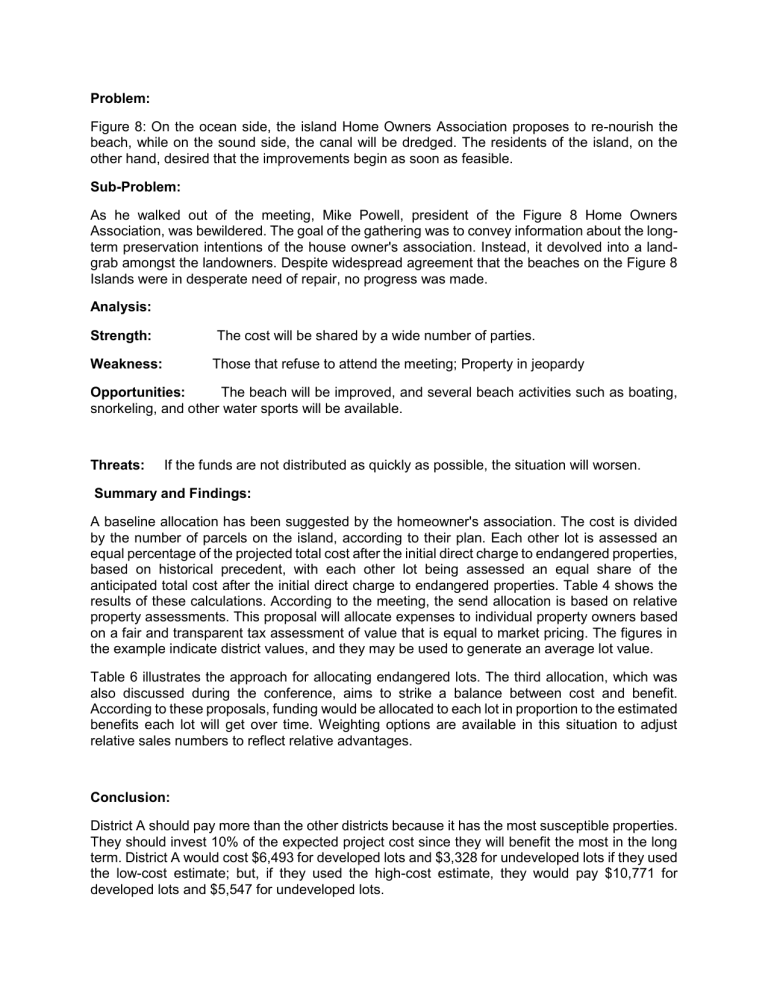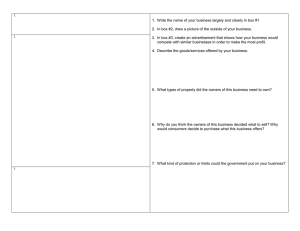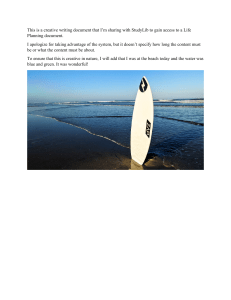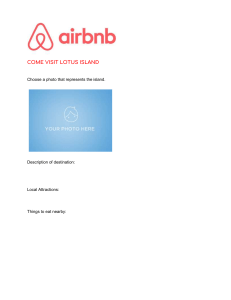
Problem: Figure 8: On the ocean side, the island Home Owners Association proposes to re-nourish the beach, while on the sound side, the canal will be dredged. The residents of the island, on the other hand, desired that the improvements begin as soon as feasible. Sub-Problem: As he walked out of the meeting, Mike Powell, president of the Figure 8 Home Owners Association, was bewildered. The goal of the gathering was to convey information about the longterm preservation intentions of the house owner's association. Instead, it devolved into a landgrab amongst the landowners. Despite widespread agreement that the beaches on the Figure 8 Islands were in desperate need of repair, no progress was made. Analysis: Strength: The cost will be shared by a wide number of parties. Weakness: Those that refuse to attend the meeting; Property in jeopardy Opportunities: The beach will be improved, and several beach activities such as boating, snorkeling, and other water sports will be available. Threats: If the funds are not distributed as quickly as possible, the situation will worsen. Summary and Findings: A baseline allocation has been suggested by the homeowner's association. The cost is divided by the number of parcels on the island, according to their plan. Each other lot is assessed an equal percentage of the projected total cost after the initial direct charge to endangered properties, based on historical precedent, with each other lot being assessed an equal share of the anticipated total cost after the initial direct charge to endangered properties. Table 4 shows the results of these calculations. According to the meeting, the send allocation is based on relative property assessments. This proposal will allocate expenses to individual property owners based on a fair and transparent tax assessment of value that is equal to market pricing. The figures in the example indicate district values, and they may be used to generate an average lot value. Table 6 illustrates the approach for allocating endangered lots. The third allocation, which was also discussed during the conference, aims to strike a balance between cost and benefit. According to these proposals, funding would be allocated to each lot in proportion to the estimated benefits each lot will get over time. Weighting options are available in this situation to adjust relative sales numbers to reflect relative advantages. Conclusion: District A should pay more than the other districts because it has the most susceptible properties. They should invest 10% of the expected project cost since they will benefit the most in the long term. District A would cost $6,493 for developed lots and $3,328 for undeveloped lots if they used the low-cost estimate; but, if they used the high-cost estimate, they would pay $10,771 for developed lots and $5,547 for undeveloped lots. Recommendation: As a case study researcher, I highly suggest the Home Owners Association of Figure 8 Island, Inc. to apply the 10% direct allocation to district A, which is the most impacted region or the most susceptible properties. Because the beach re-nourishment project helps everyone, it is equal for all districts. With the help of a roadmap for future case studies, completing a case study is straightforward. This case study can be used as an example for others, particularly homeowners associations dealing with calamities. It will be valuable for case study researchers and students, as well as lecturers and professors.




